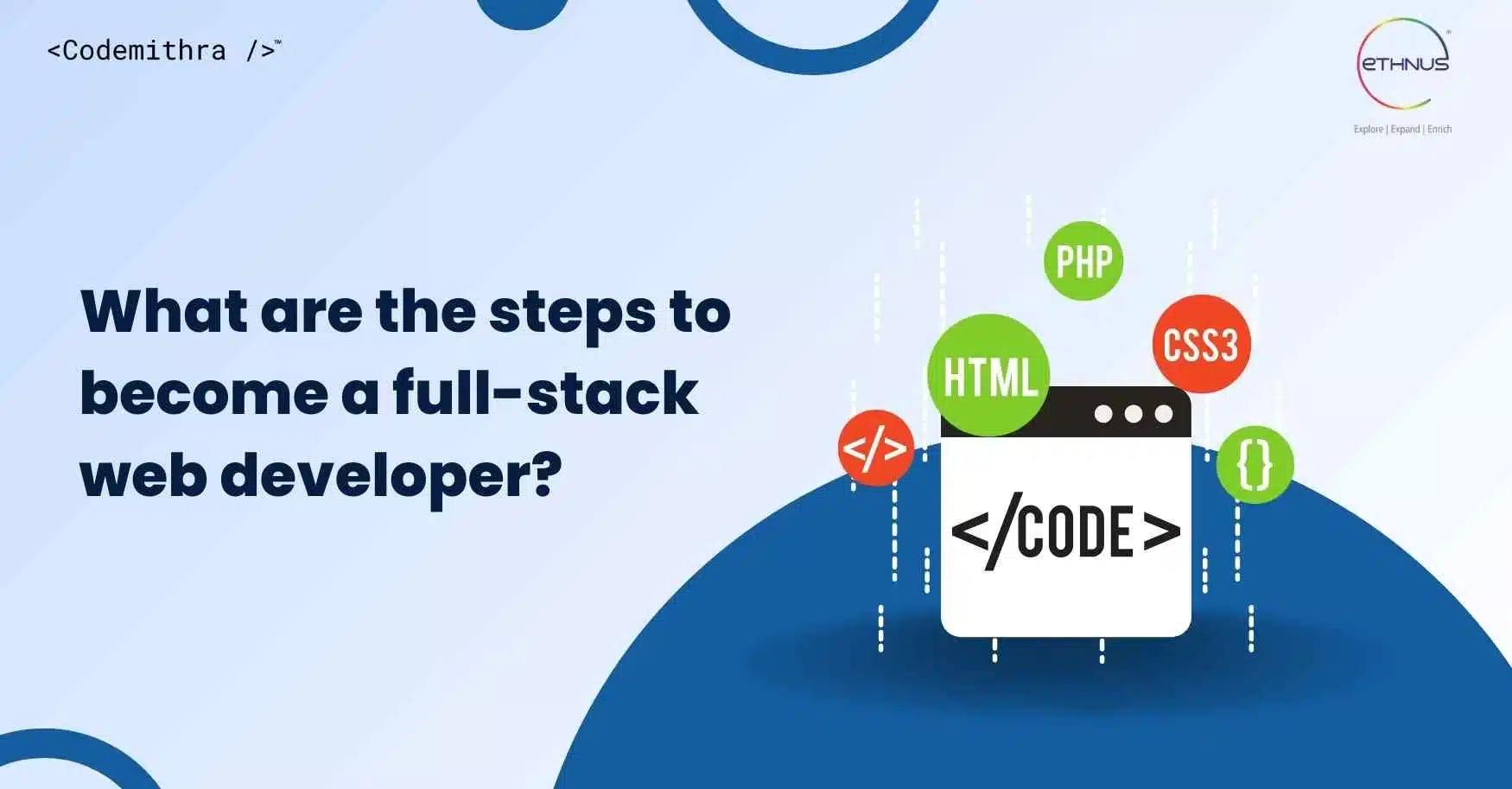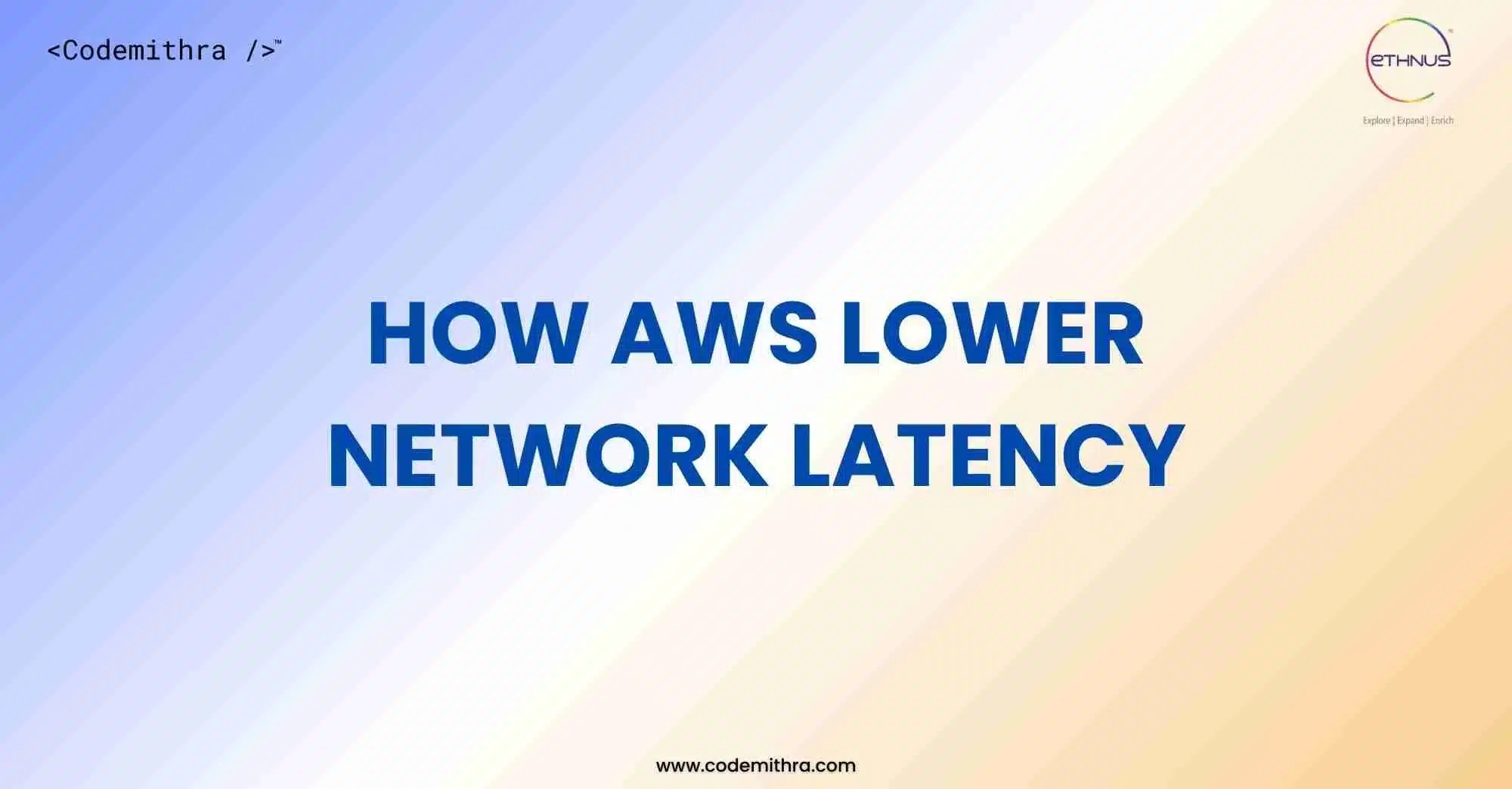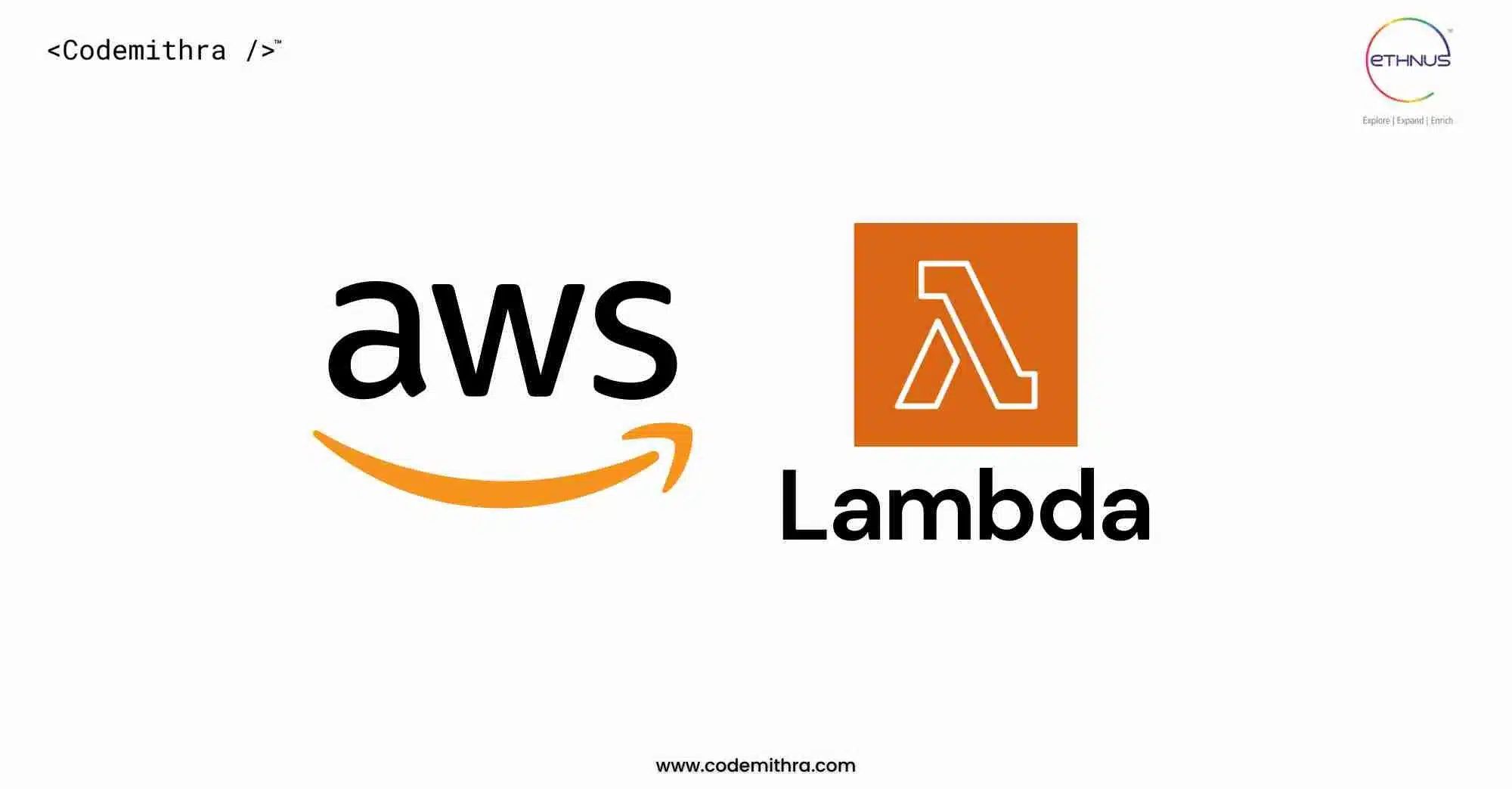
Introduction
Becoming a full-stack web developer is an exciting journey in the tech industry, offering versatility and high demand in today’s market. These developers excel in both front-end and back-end development, managing everything from user interfaces to server-side operations. If you’re eager to pursue this career path, understanding the steps and selecting the right courses are crucial. This article outlines the essential steps to becoming a full-stack web developer and recommends top courses to help you achieve your goals.
Step 1: Understand the Role of a Full-Stack Web Developer
Full-stack web developers excel in both front-end and back-end technologies. They handle designing interfaces, client-side scripting, server-side logic, and database management. To excel, you must master various programming languages, frameworks, and tools.
Step 2: Master Front-End Development Skills
Key Technologies to Learn:
- HTML/CSS: Essential for creating web page structure and styling.
- JavaScript: Crucial for dynamic and interactive web experiences.
- Front-End Frameworks: Explore React, Angular, or Vue.js for efficient application development.
Step 3: Gain Proficiency in Back-End Development
Key Skills to Acquire:
- Programming Languages: Master Java, Python, and Node.js for server-side development.
- Databases: Understand SQL (e.g., MySQL, PostgreSQL) and NoSQL (e.g., MongoDB) for data management.
- Server Management: Familiarize with server environments (e.g., Apache, Nginx) and cloud platforms (e.g., AWS, Azure).
Step 4: Learn Version Control and Collaboration Tools
Essential Tools:
Git: Master version control to track changes and collaborate effectively with teams.
Step 5: Understand DevOps and Deployment Processes
Key Concepts:
- DevOps Practices: Learn CI/CD pipelines with tools like Jenkins, Docker, and Kubernetes.
- Deployment*: Deploy applications on cloud services such as AWS, Azure, and Google Cloud.
Step 6: Develop Problem-Solving and Soft Skills
Important Skills:
- Problem-Solving: Enhance debugging and troubleshooting abilities.
- Soft Skills: Enhance communication, collaboration, and project management abilities.
Top Courses for Full-Stack Web Development
Selecting the appropriate courses can expedite your path to becoming a full-stack web developer. Here are some highly recommended options:
- Full Stack Web Development Course:
Provides comprehensive training in both front-end and back-end technologies, suitable for beginners and those consolidating their skills.
- Java Full Stack Developer Course:
Focuses on Java technologies including Spring Framework and Hibernate for robust back-end development and Java EE for web applications.
- MERN Stack Courses:
Specializes in MongoDB, Express.js, React, and Node.js, offering hands-on experience in building modern web applications.
Recommended Course with Placement Guarantee
Consider Ethnus Codemithra’s MERN Full Stack course, which covers MongoDB, ExpressJS, React, NodeJS, and core Java. This course stands out for its:
- Comprehensive Technology Coverage
- Hands-on Project Experience
- Expert Guidance from Trainers
- Career Readiness Support including Resume Building and Interview Preparation
Conclusion
Becoming a full-stack web developer demands continuous learning and practical experience with diverse technologies. By mastering front-end and back-end development skills and selecting suitable courses like those recommended, you’ll be well-prepared for a successful career in this dynamic field. Whether you choose a general full-stack course or specialize in specific technologies, staying updated with industry trends is key to your success. Start your journey today and unlock exciting opportunities as a full-stack web developer!
FAQs
- What exactly does a full-stack web developer do?
Full-stack web developers are proficient in both front-end and back-end technologies. They handle everything from designing user interfaces and client-side scripting to server-side logic, database management, and deployment of web applications.
- What programming languages should I learn to become a full-stack web developer?
Key languages include JavaScript for front-end development and Node.js, Python, or Java for back-end development. Understanding SQL and NoSQL databases like MySQL, MongoDB, or PostgreSQL is also crucial.
- Do I need a degree to become a full-stack web developer?
While a computer science degree can be beneficial, many successful full-stack developers are self-taught or have completed coding boot camps or online courses. Practical skills, portfolio projects, and continuous learning are essential.
- How long does it take to become a full-stack web developer?
The time to become proficient varies based on individual learning pace, prior experience, and the depth of knowledge desired. Typically, it can take from several months to a year or more of dedicated learning and practice.
- What makes Ethnus Codemithra’s MERN Full Stack course stand out?
Ethnus Codemithra’s MERN Full Stack course is highly recommended for its comprehensive coverage of MongoDB, ExpressJS, React, and NodeJS, along with core Java training. It offers hands-on projects, expert guidance from experienced trainers, and career readiness support including resume building and interview preparation. The course also provides placement assistance, ensuring a holistic approach to preparing students for successful careers in full-stack web development.




